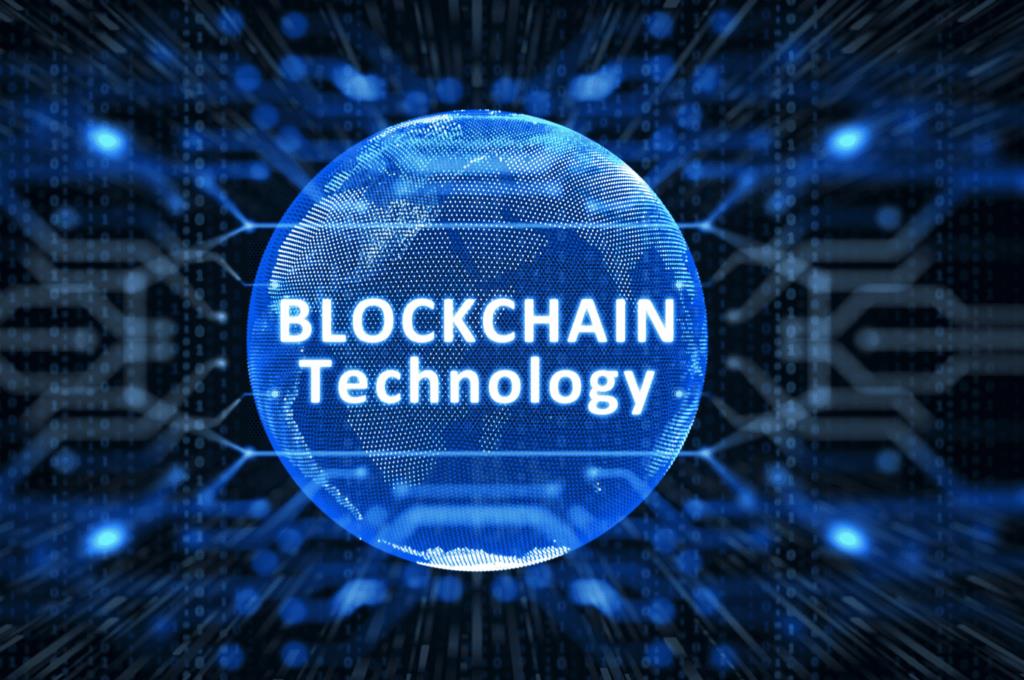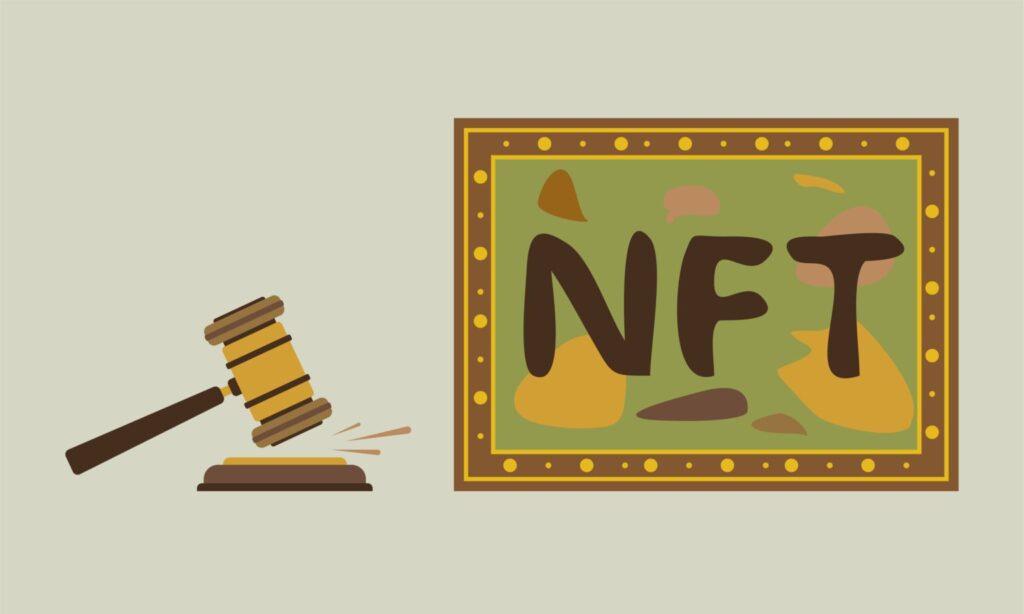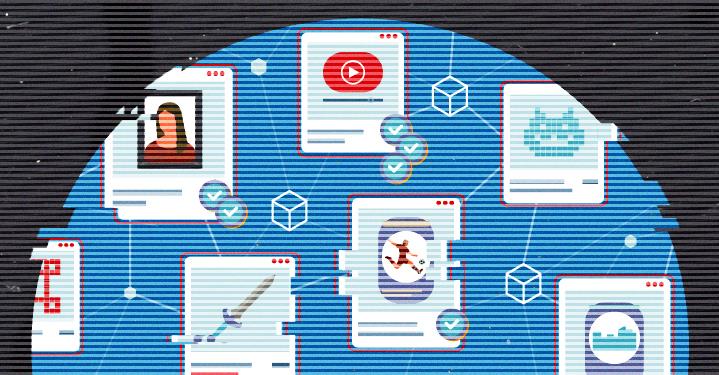
Digital Innovation In The Art Market: The Impact Of Digital Technologies, Blockchain, And Nfts (Non-Fungible Tokens) On The Art Market
Digital technologies have played a pivotal role in expanding the horizons of artistic expression. From digital paintings and interactive installations to virtual reality exhibits, artists are leveraging technology to create immersive experiences that transcend the boundaries of traditional art forms.
Virtual galleries and online platforms have emerged as prominent spaces for showcasing digital art. These platforms democratize access to art, allowing artists to reach global audiences without the constraints of physical galleries. The democratization of art through digital platforms has enabled emerging artists to gain visibility and establish connections with a diverse audience, challenging the exclusivity traditionally associated with the art world.
Moreover, digital technologies have redefined the relationship between artists and their audiences. Social media platforms serve as dynamic canvases for artists to share their work, connect with followers, and receive real-time feedback. This direct interaction fosters a sense of community and collaboration, breaking down the barriers between creators and consumers of art.
Blockchain: A Revolution in Provenance and Transparency
Courtesy of easy
The introduction of blockchain technology to the art market has addressed longstanding challenges related to provenance, authenticity, and transparency. Traditionally, tracking the provenance of an artwork-its ownership history-was a cumbersome and often unreliable process. With blockchain, a decentralized and tamper-proof ledger, the art world has found a solution to these issues.
Blockchain technology ensures that each transaction related to an artwork is recorded in a secure and transparent manner. This immutable ledger provides a verifiable and unforgeable record of an artwork's provenance, from its creation to its current owner. This transparency not only instills confidence in buyers but also mitigates the risk of art fraud and forgery, addressing one of the longstanding concerns in the art market.
Several blockchain-based platforms have emerged, offering artists and collectors a secure and decentralized environment for transactions. These platforms utilize smart contracts, self-executing contracts with the terms of the agreement directly written into code. Smart contracts automate various aspects of art transactions, including royalty payments to artists for resale of their works, streamlining processes and ensuring fair compensation.
Non-Fungible Tokens (NFTs): Redefining Ownership and Value
The advent of Non-Fungible Tokens (NFTs) has been a game-changer in the art market. NFTs, which are unique digital tokens representing ownership or proof of authenticity, are typically built on blockchain platforms. Artists can tokenize their digital or physical artworks, turning them into NFTs that can be bought, sold, and traded.
NFTs introduce a novel concept of ownership, allowing collectors to own a unique, provably scarce piece of digital or digitized art. This digital ownership is facilitated by blockchain technology, ensuring the authenticity and scarcity of the NFT. The ability to tokenize digital art has opened up new revenue streams for artists, enabling them to monetize their work in ways previously unavailable.
One of the key advantages of NFTs is the inclusion of smart contracts. These contracts can automatically enforce royalty payments to artists every time their work is resold, providing a continuous source of income. This innovative approach challenges traditional models of compensation in the art world, where artists often do not participate in the appreciation of the value of their works in the secondary market.
Challenges and Criticisms in the NFT SpaceWhile NFTs have brought about significant innovation, the space is not without challenges and criticisms. The environmental impact of blockchain, particularly in the case of energy-intensive proof-of-work consensus mechanisms, has raised concerns about the sustainability of NFTs. Some blockchain platforms are actively working on transitioning to more eco-friendly consensus mechanisms, addressing these environmental concerns.
The NFT market has also faced issues related to copyright infringement and plagiarism. The ease with which digital content can be copied and shared raises questions about the originality and uniqueness of NFTs. Artists and platforms are exploring ways to address these concerns, including the use of decentralized storage solutions and additional layers of verification.
Moreover, the volatility and speculation in the NFT market have been subjects of criticism. Fluctuations in the value of NFTs can impact both artists and collectors, leading to questions about the long-term sustainability of the NFT market. However, proponents argue that as the market matures and regulations evolve, these issues will be mitigated.
The Future of Digital Innovation in the Art MarketAs digital technologies, blockchain, and NFTs continue to reshape the art market, the future promises further evolution and integration. The potential for virtual reality to create immersive art experiences, decentralized autonomous organizations (DAOs) to redefine art curation and ownership structures, and the exploration of artificial intelligence in the creation of art are all areas ripe for exploration.
The relationship between artists, collectors, and audiences is undergoing a fundamental shift, driven by the digital transformation of the art world. The embrace of technology not only broadens the accessibility of art but also challenges traditional paradigms, sparking conversations about the nature of ownership, value, and the very definition of art itself.
Silicon Valley, with its culture of innovation and investment, continues to be a driving force behind these advancements. Tech companies, venture capitalists, and entrepreneurs are actively supporting projects that push the boundaries of what is possible at the intersection of technology and art. Whether it's funding virtual reality installations, blockchain platforms, or NFT marketplaces, Silicon Valley's influence in the art world is catalyzing a digital renaissance.
In conclusion, the impact of digital innovation, blockchain, and NFTs on the art market is profound and multifaceted. As the art world embraces these technologies, it is not only undergoing a digital transformation but also contributing to the broader conversation about the role of technology in shaping the future of human creativity and expression. The fusion of art and technology is not just a trend; it is a dynamic force that is redefining the very essence of the art market.

Legal Disclaimer:
MENAFN provides the
information “as is” without warranty of any kind. We do not accept
any responsibility or liability for the accuracy, content, images,
videos, licenses, completeness, legality, or reliability of the information
contained in this article. If you have any complaints or copyright
issues related to this article, kindly contact the provider above.
Most popular stories
Market Research

- Bitmex Reports Over 185% Liquidity Growth Following AWS Tokyo Migration
- Tokenfi And New To The Street Announce National Media Partnership To Reach 219M+ Households
- Chartis Research And Metrika Release Comprehensive Framework For Managing Digital Asset Risk
- Xdata Group Named Among The Top 66 Saas Innovators In Techround's 2025 List
- Cregis At TOKEN2049 Singapore 2025: Unlocking The Next Frontier Of Adoption
- On-Chain Cultural Assets: Decoding City Protocol's IP Capital Market

















Comments
No comment